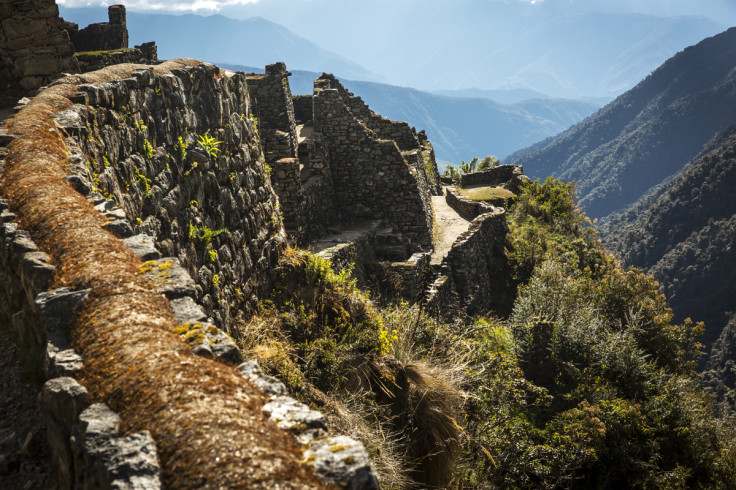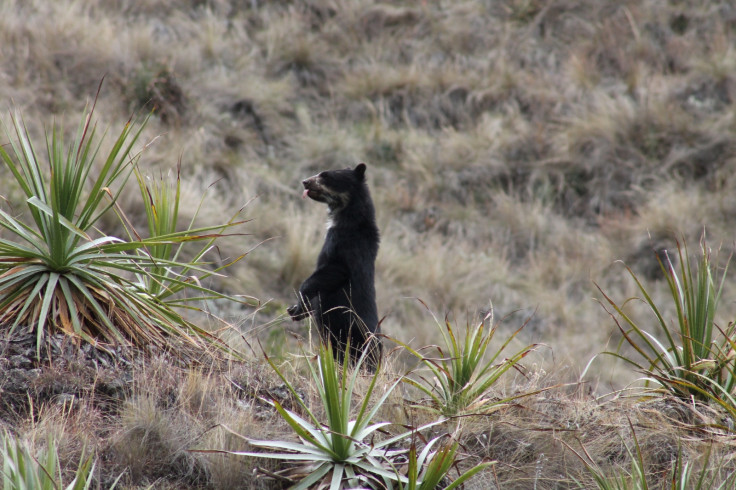Andean bears are thriving in Incan citadel Machu Picchu
There are more bears than previously thought living in one of the most visited site in South America.
The Unesco World Heritage site of Machu Picchu (Peru) is not just a treasure of history – it might also be an important wildlife sanctuary for Andean bears. A recent survey has revealed that the species is much more prevalent at the site than previously thought.
The Andean bear, also known as the spectacled bear due to the patches of colour that can surround its eyes, it is the only species of bear in South America and one of its most iconic animals.
Andean bears can be found from Venezuela to Northern Argentina, and are present in many countries including Colombia, Ecuador, Bolivia and Peru. It is not clear how many bears are alive today, but past studies have put their numbers at around 6,000 to 10,000 individuals.
The recent survey, led by SERNANP (Servicio Nacional de Áreas Naturales Protegidas por el Estado) and WCS (Wildlife Conservation Society) is a good news because it suggests there might be more animals than expected.
However, it is important to note that Andean bears have faced a number of significant threats in recent years, and still do.

What is happening to Andean bears?
The construction of roads, combined with deforestation linked to the establishment of farmland as well as illicit crops such as coca, have led to habitat loss. The development of industries such as mining and petroleum exploitation have also fragmented the Andean bears' original habitat, making it harder for them to thrive.
Hunting has also put a very high pressure on the species. Bears are killed in retaliation for attacks on livestock, subsistence hunting but also because some communities may fear it for cultural reasons. Some of the bears' parts may also be sold in the illegal wildlife trade.

Although it was previously known that the Andean bear lived in the Machu Picchu sanctuary and close to the impressive Incan ruins – one of the most visited places in Latin America – the survey identified for the first time the animals in more than 95 per cent of the 368-square-kilometer study area. This is much higher than previously thought.
The researchers have also found that the Andean bears of Machu Picchu are not an isolated population, but part of a much larger bear population connected by grasslands that grow in high altitude. These results may help conservationists better manage the species, for instance by maintaining wildlife corridors leading to the Machu Picchu sanctuary.

"It is amazing that this world famous location is also important habitat for Andean bears," concluded Dr Isaac Goldstein, coordinator of WCS's Andean Bear Program. "The results of the survey will help us to understand the needs of this species and how to manage Andean bears in this location."
© Copyright IBTimes 2024. All rights reserved.






